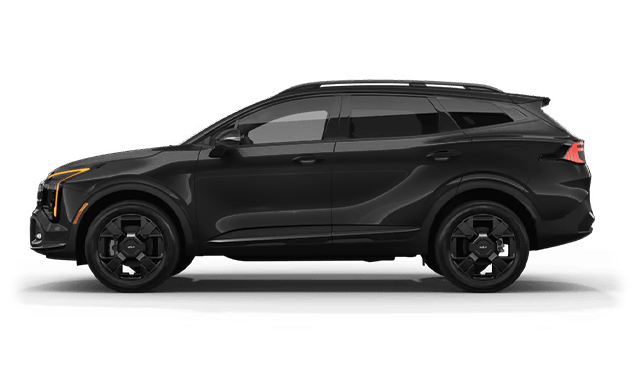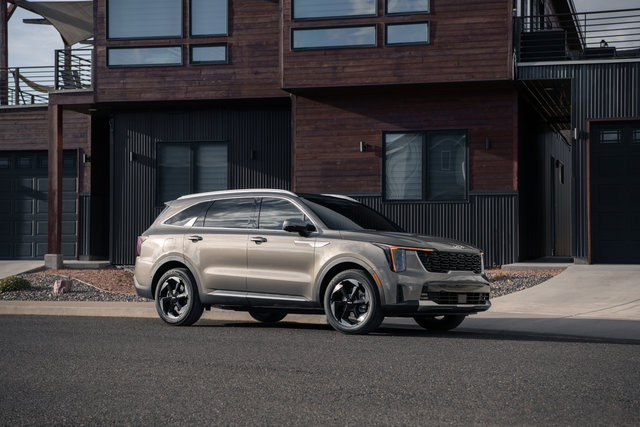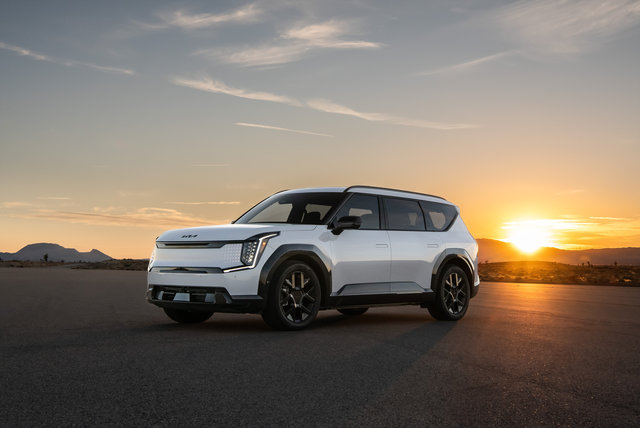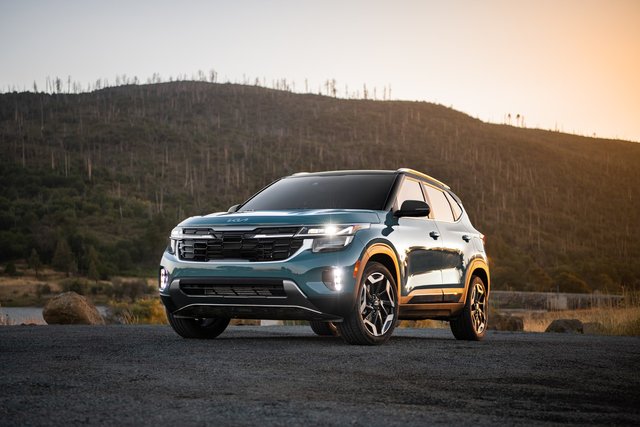Advanced Forward Collision Avoidance Assist is one of the most important safety technologies available on the 2026 Kia Sportage. This system actively monitors the road ahead and can apply emergency braking when it detects potential collisions. Understanding how this technology works helps you make informed decisions about your family's safety.
The 2026 Sportage includes this feature as part of Kia's commitment to reducing accidents and protecting occupants. Modern driving presents countless challenges, from distracted drivers to unexpected road conditions. Advanced Forward Collision Avoidance Assist serves as your digital co-pilot, watching for dangers you might miss.
How the System Detects Potential Collisions
Forward Collision Avoidance Assist uses cameras and radar sensors mounted throughout the vehicle to continuously scan the road ahead. The system processes this information in real-time to identify vehicles, pedestrians, and cyclists in your path. When the technology calculates that a collision might occur, it triggers a sequence of escalating warnings and interventions.
The detection range and accuracy depend on driving conditions, weather, and visibility. Clear weather and good lighting provide optimal performance, while heavy rain, snow, or fog can reduce the system's effectiveness. The 2026 Sportage's sensors work together to provide the most complete picture possible of your driving environment.
Warning Signals and Emergency Braking
Your 2026 Sportage delivers collision warnings through multiple channels to ensure you notice them immediately. Visual alerts appear on the instrument cluster, while audible warnings sound through the cabin speakers. If you don't respond to these initial warnings, the system can apply partial braking to help reduce impact severity.
When the system determines that a collision is imminent and unavoidable, it applies full emergency braking automatically. This intervention happens faster than human reflexes allow, potentially preventing accidents or significantly reducing impact speeds. The emergency braking engages with enough force to bring the vehicle to a complete stop when necessary.
System Limitations and Driver Responsibilities
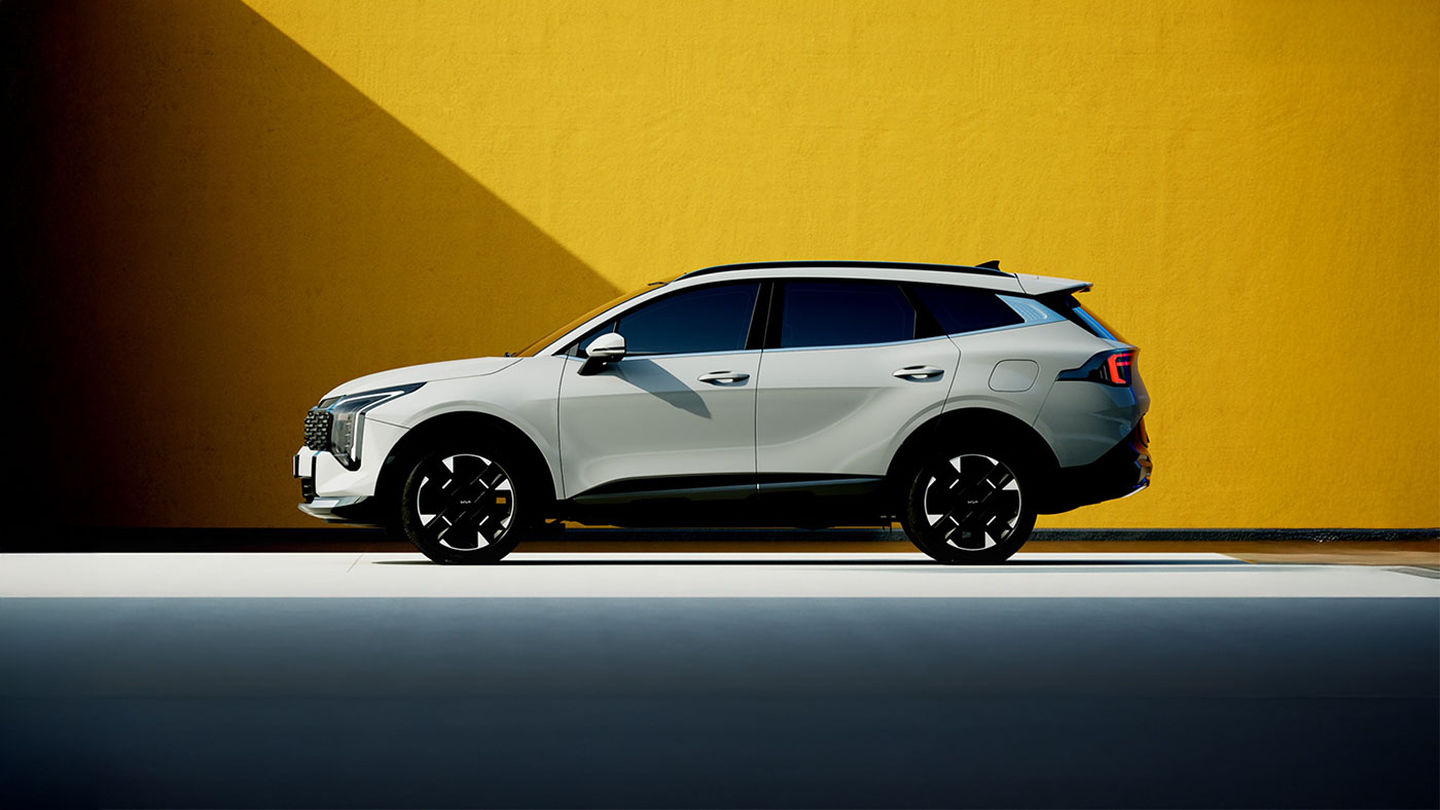
Advanced Forward Collision Avoidance Assist enhances safety but cannot replace attentive driving practices. The system may not detect all objects or situations, particularly in challenging weather conditions or complex traffic scenarios. Construction zones, unusual road layouts, and certain vehicle types can present detection challenges.
Key System Limitations:
- Reduced effectiveness in heavy rain, snow, or fog
- May not detect stationary objects in all situations
- Performance varies based on lighting conditions
- Cannot predict driver intentions or sudden lane changes
- Requires clean sensors for optimal operation
You maintain full responsibility for safe driving, including maintaining appropriate following distances, observing speed limits, and staying alert to road conditions. The technology serves as a backup system, not a replacement for defensive driving techniques.
Keeping Your Safety System Working Properly
Proper maintenance ensures your Advanced Forward Collision Avoidance Assist system functions reliably when you need it most. The sensors require regular cleaning to remove dirt, snow, and debris that can interfere with detection capabilities. Schedule regular service appointments to have technicians inspect and calibrate the system components.
Avoid mounting accessories or applying aftermarket modifications that might block sensor locations. Even small obstructions can reduce system effectiveness or trigger false warnings. Your Bessada Kia service team can provide specific guidance about compatible accessories and proper maintenance procedures for your 2026 Sportage.
Ready to experience this advanced safety technology for yourself? Visit Bessada Kia in Pickering to test drive the 2026 Sportage and see how Advanced Forward Collision Avoidance Assist can enhance your driving confidence.
To learn more about the 2026 Kia Sportage, visit Kia.ca





